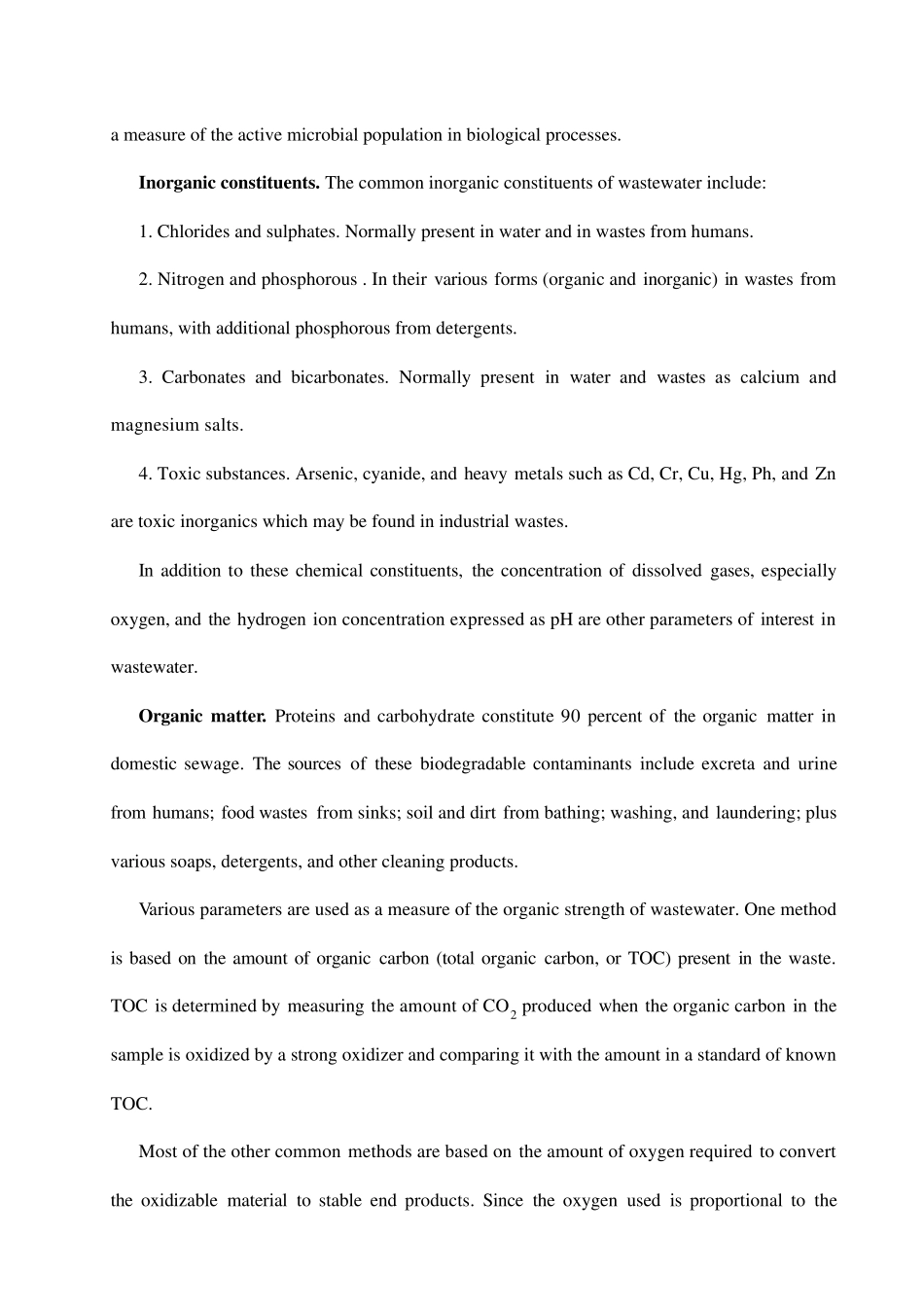1 Water Pollu tion and Pollu tants The relationship between polluted water and disease was firmly established with the cholera epidemic of 1854 in London, England. Protection of public health, the original purpose of pollution control, continues to be the primary objective in many areas. However, preservation of water resources, protection of fishing areas, and maintenance of recreational waters are additional concerns today. Water pollution problems intensified following World War II when dramatic increases in urban density and industrialization occurred. Concern over water pollution reached a peak in the mid-seventies. Water pollution is an imprecise term that reveals nothing about either the type of polluting material or its source. The way we deal with the waste problem depends upon whether the contaminants are oxygen demanding, algae promoting, infectious, toxic, or simply unsightly. Pollution of our water resources can occur directly from sewer outfalls or industrial discharges (point sources) or indirectly from air pollution or agricultural or urban runoff (nonpoint sources). Chemically pure water is a collection of H2O molecules—nothing else. Such a substance is not found in nature—not in wild streams or lakes, not in clouds or rain, not in falling snow, nor in the polar ice caps. Very pure water can be prepared in the laboratory but only with considerable difficulty. Water accepts and holds foreign matter. Municipal wastewater, also called sewage, is a complex mixture containing water (usually over 99 percent) together with organic and inorganic contaminants, both suspended and dissolved. The concentration of these contaminants is normally very low and is expressed in mg/L, that is, milligrams of...


